Generate music
These models generate and modify music from text prompts and raw audio. They combine large language models and diffusion models trained on text-music pairs to understand musical concepts.
Featured models
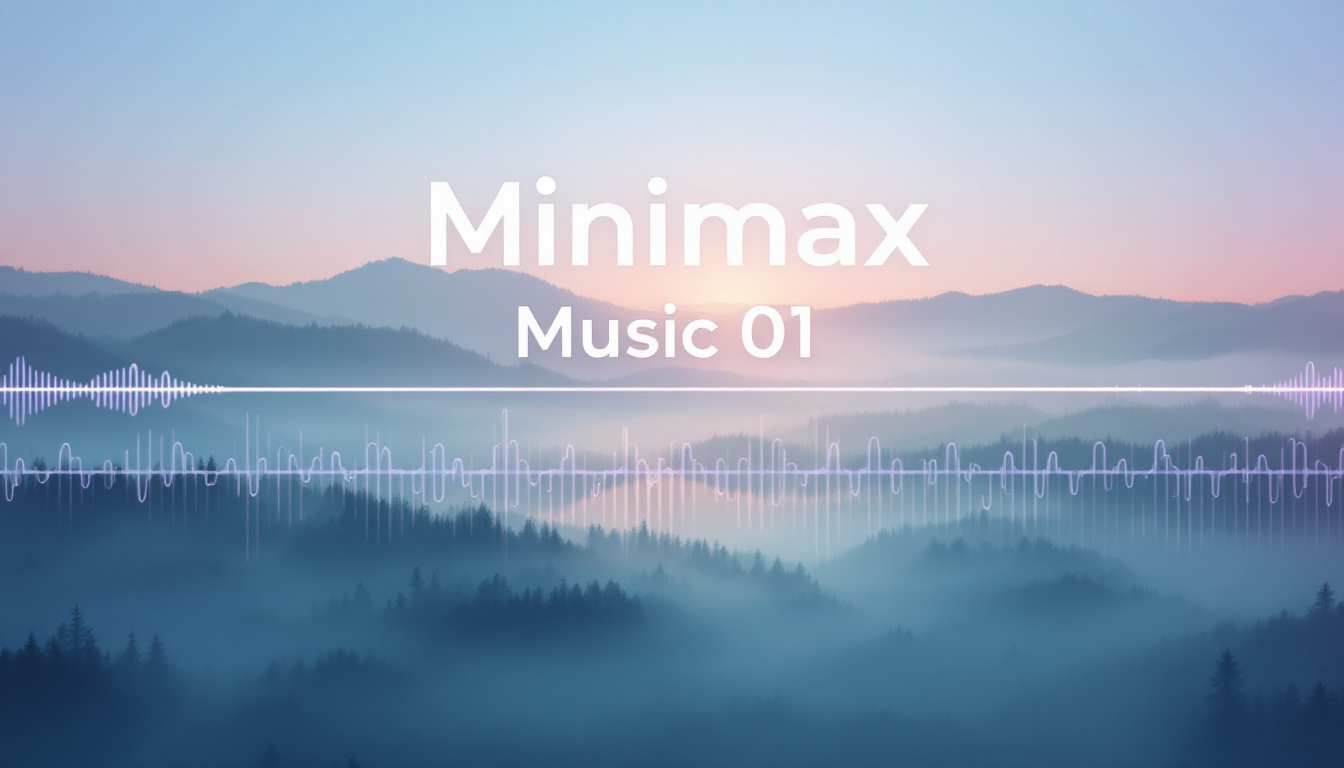
minimax / music-01
Quickly generate up to 1 minute of music with lyrics and vocals in the style of a reference track
Updated 2 hours ago
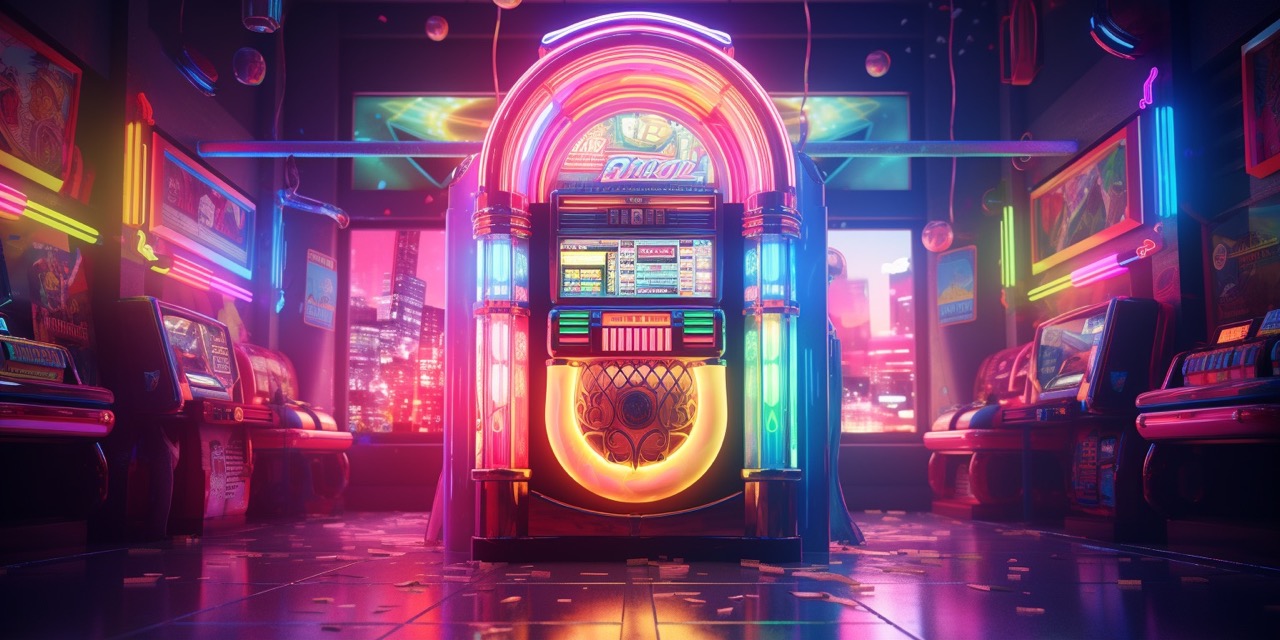
meta / musicgen
Generate music from a prompt or melody
Updated 1 year, 5 months ago
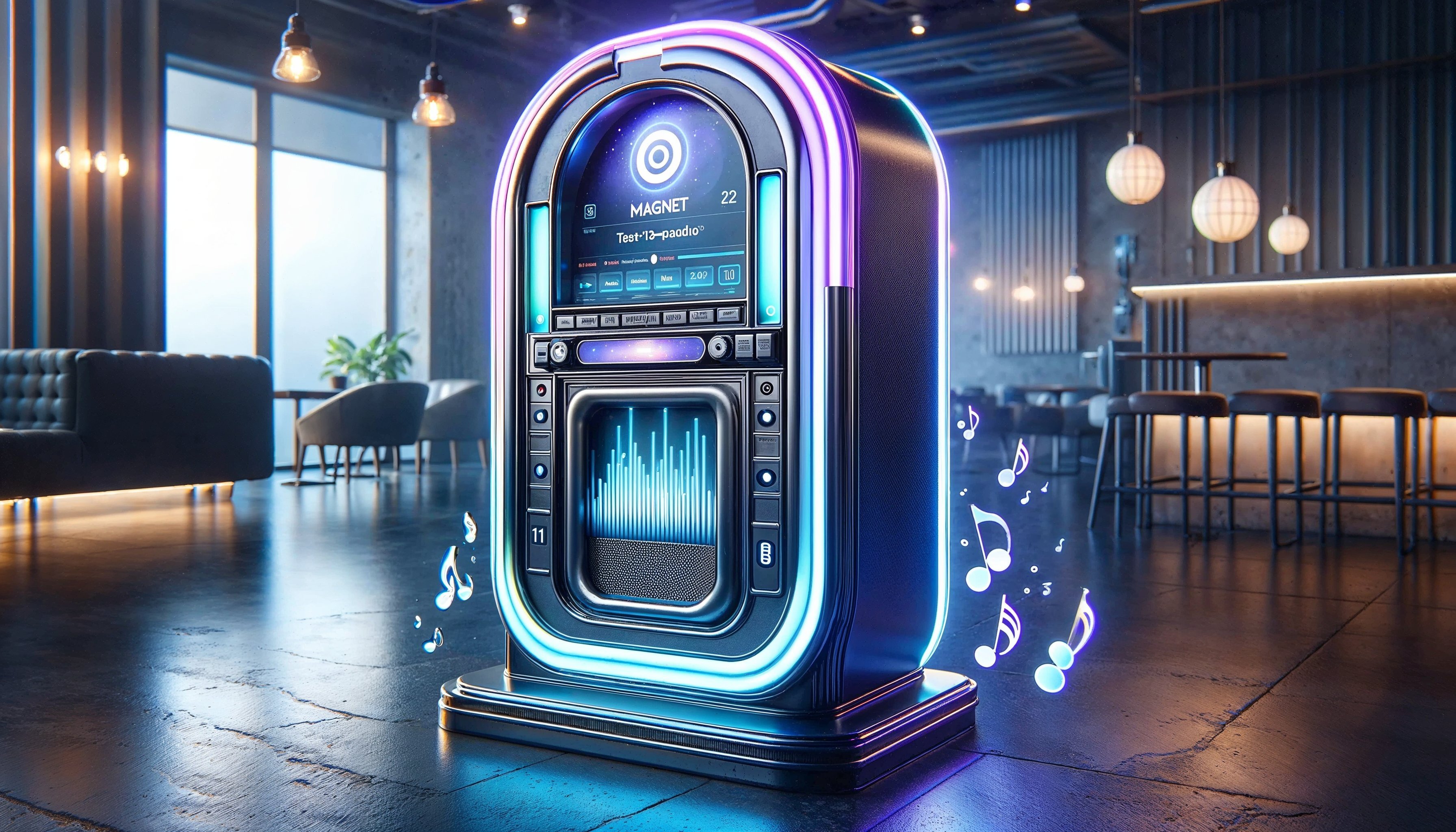
lucataco / magnet
MAGNeT: Masked Audio Generation using a Single Non-Autoregressive Transformer
Updated 1 year, 7 months ago
Recommended models
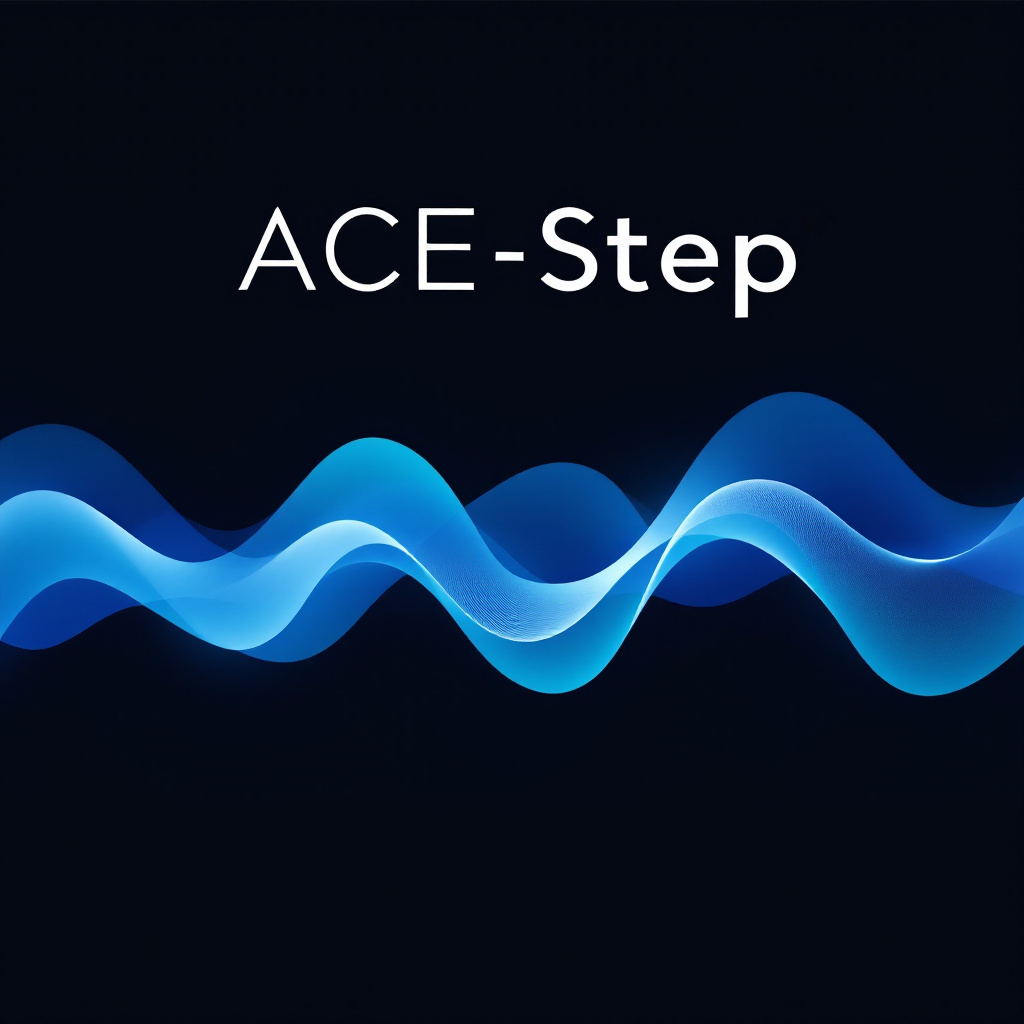
lucataco / ace-step
A Step Towards Music Generation Foundation Model text2music
Updated 3 months, 3 weeks ago
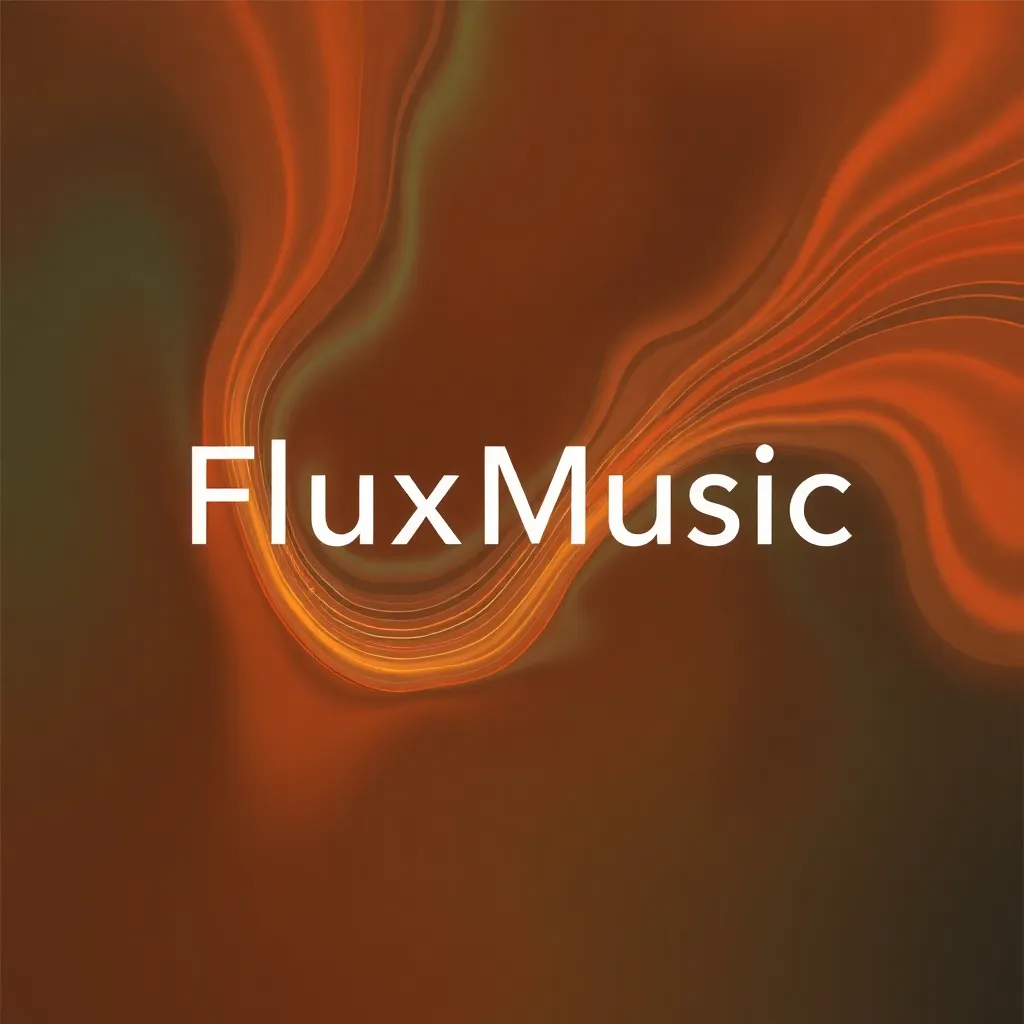
zsxkib / flux-music
🎼FluxMusic Text-to-Music Generation with Rectified Flow Transformer🎶
Updated 11 months, 2 weeks ago
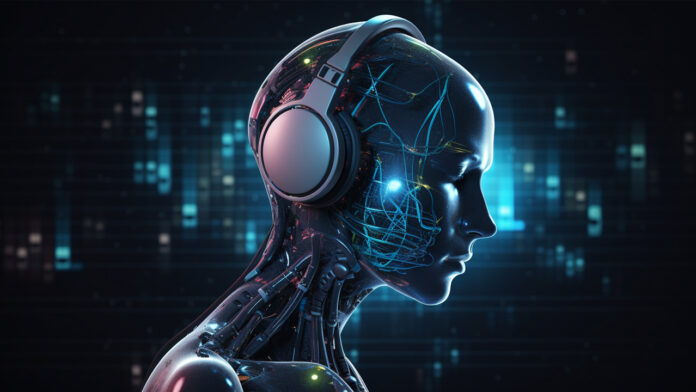
stackadoc / stable-audio-open-1.0
Stable Audio Open is an open-source model optimized for generating short audio samples, sound effects, and production elements using text prompts.
Updated 1 year, 2 months ago
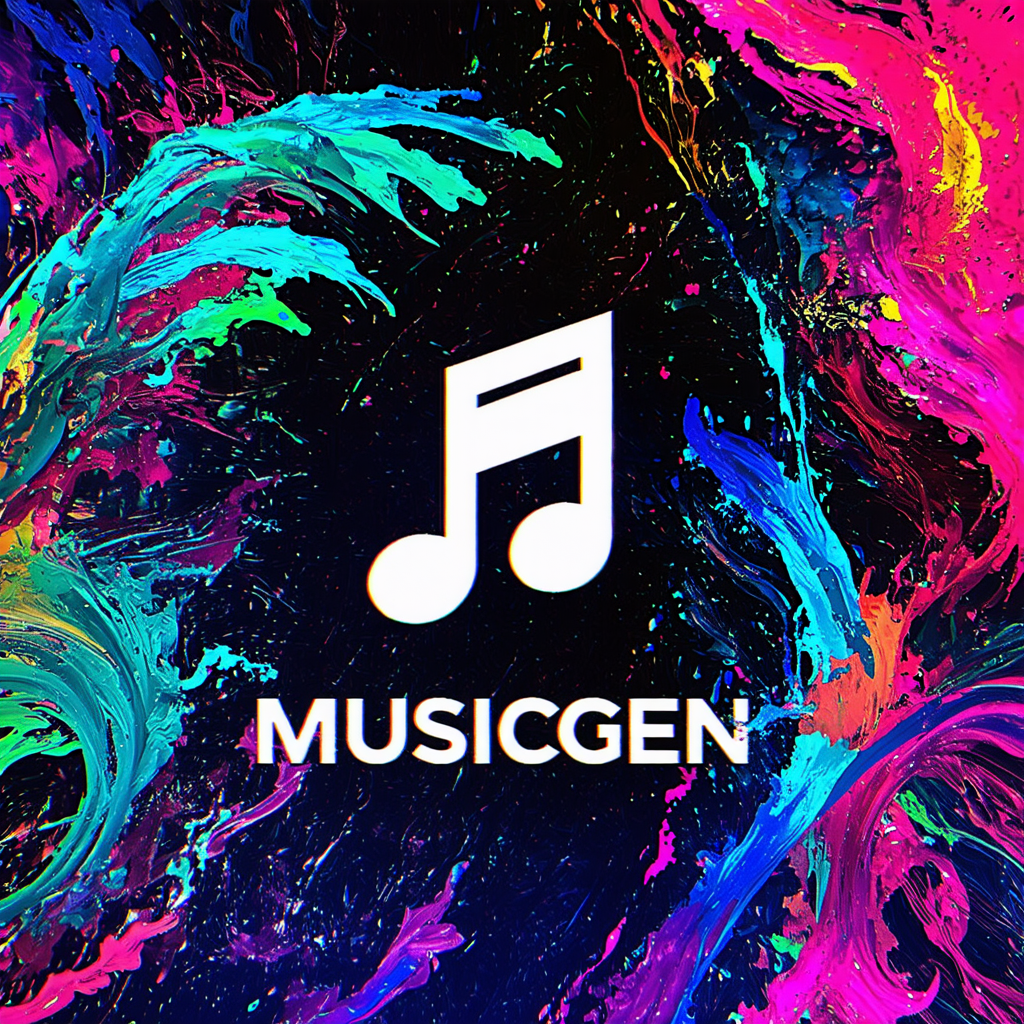
charlesmccarthy / musicgen
MusicGen running on an a40 with 60 seconds max duration
Updated 1 year, 2 months ago
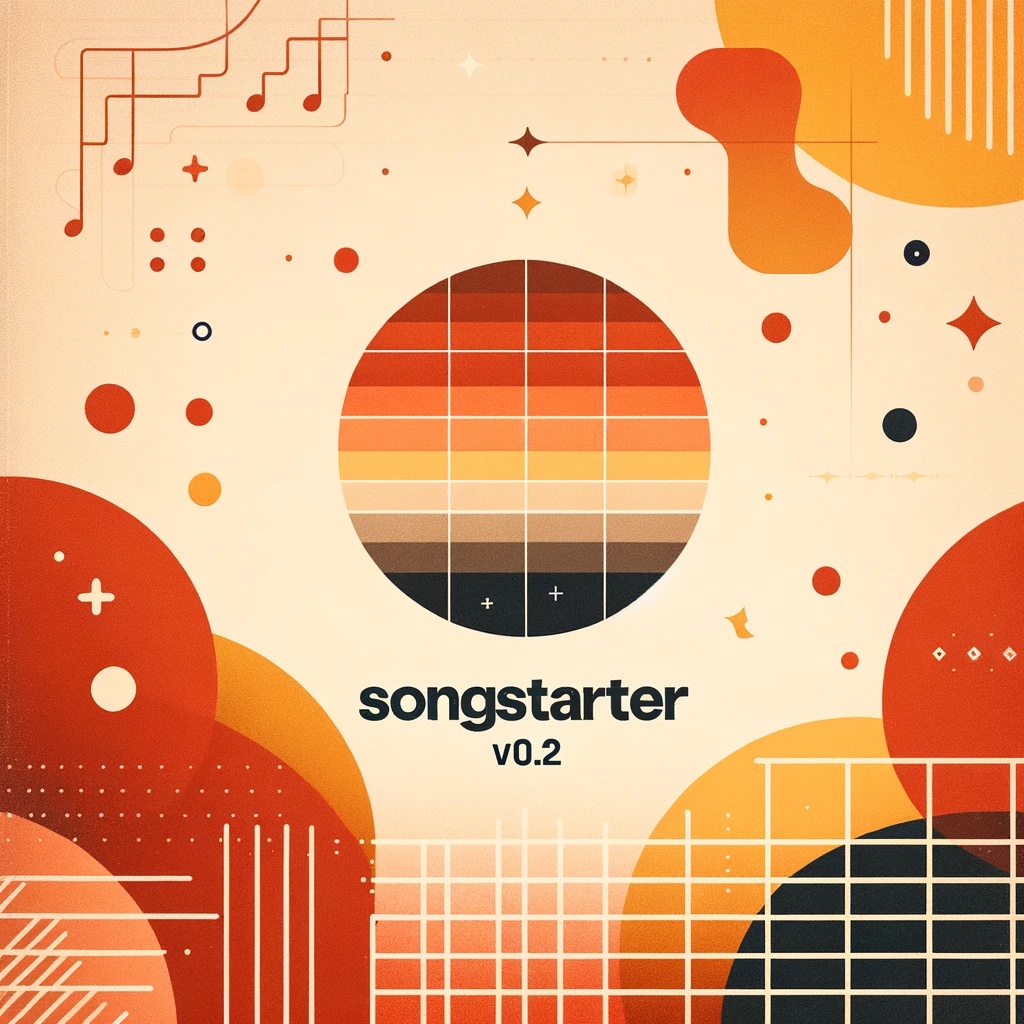
nateraw / musicgen-songstarter-v0.2
A large, stereo MusicGen that acts as a useful tool for music producers
Updated 1 year, 4 months ago
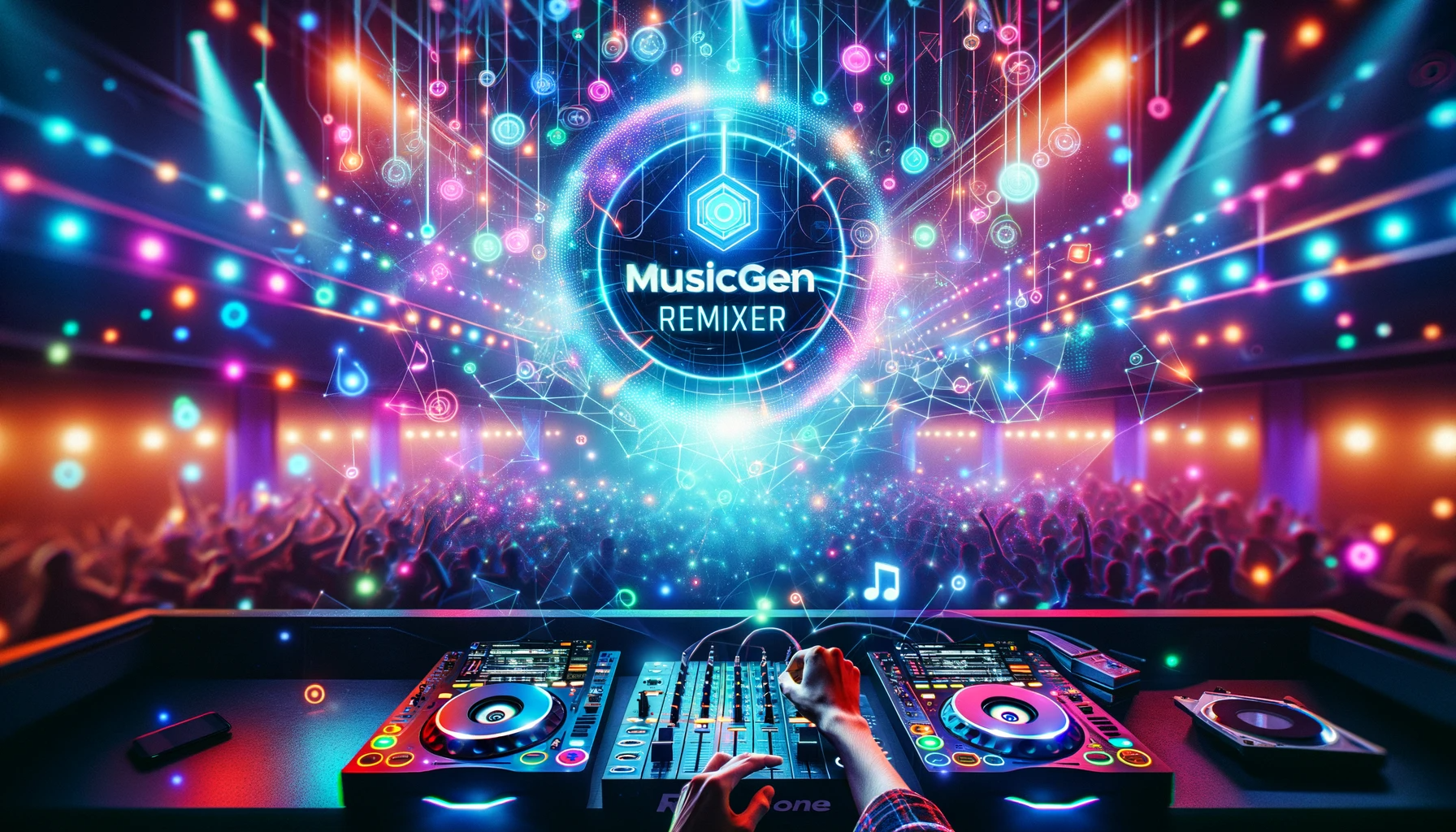
sakemin / musicgen-remixer
Remix the music into another styles with MusicGen Chord
Updated 1 year, 7 months ago
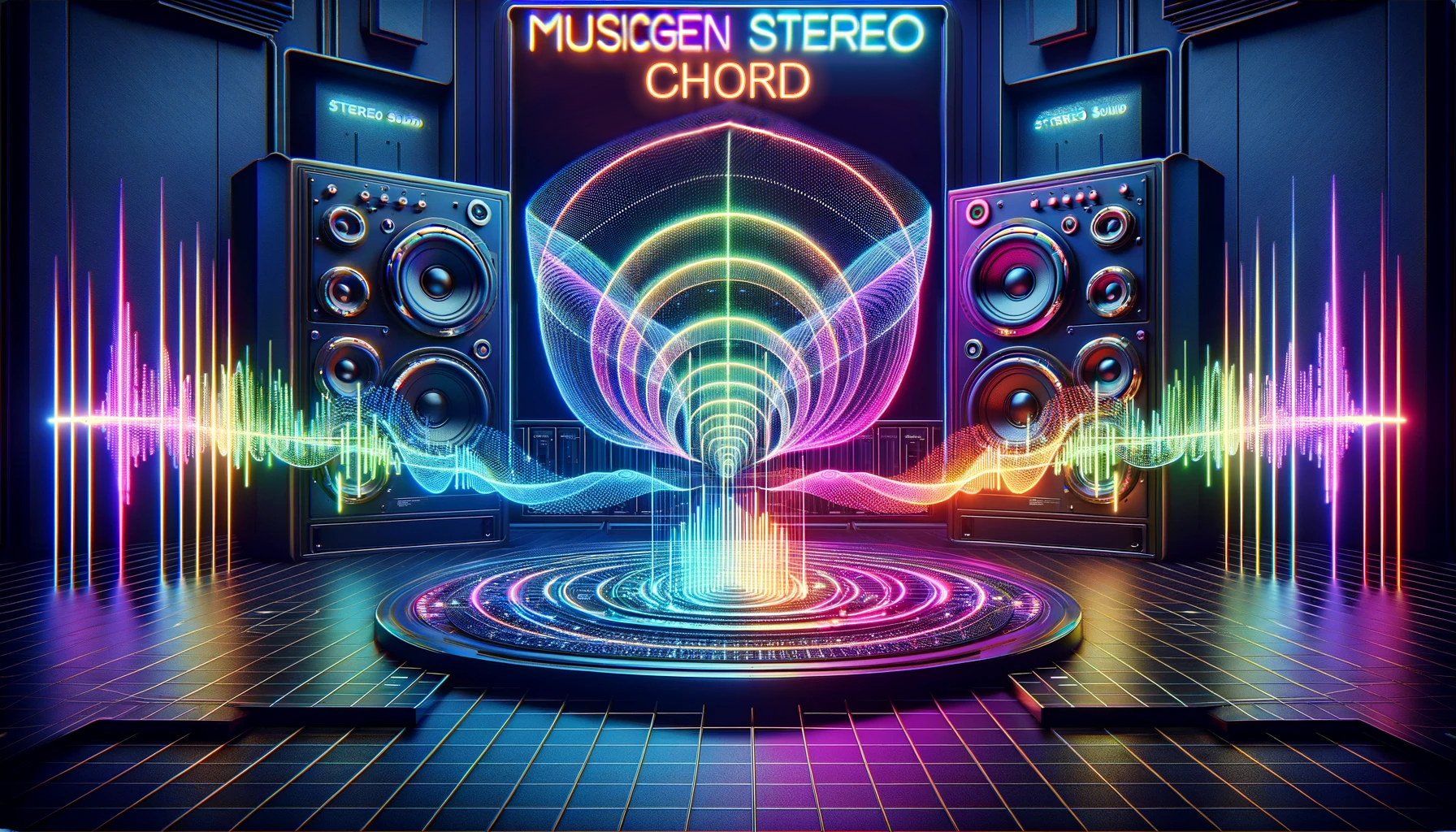
sakemin / musicgen-stereo-chord
Generate music in stereo, restricted to chord sequences and tempo
Updated 1 year, 9 months ago
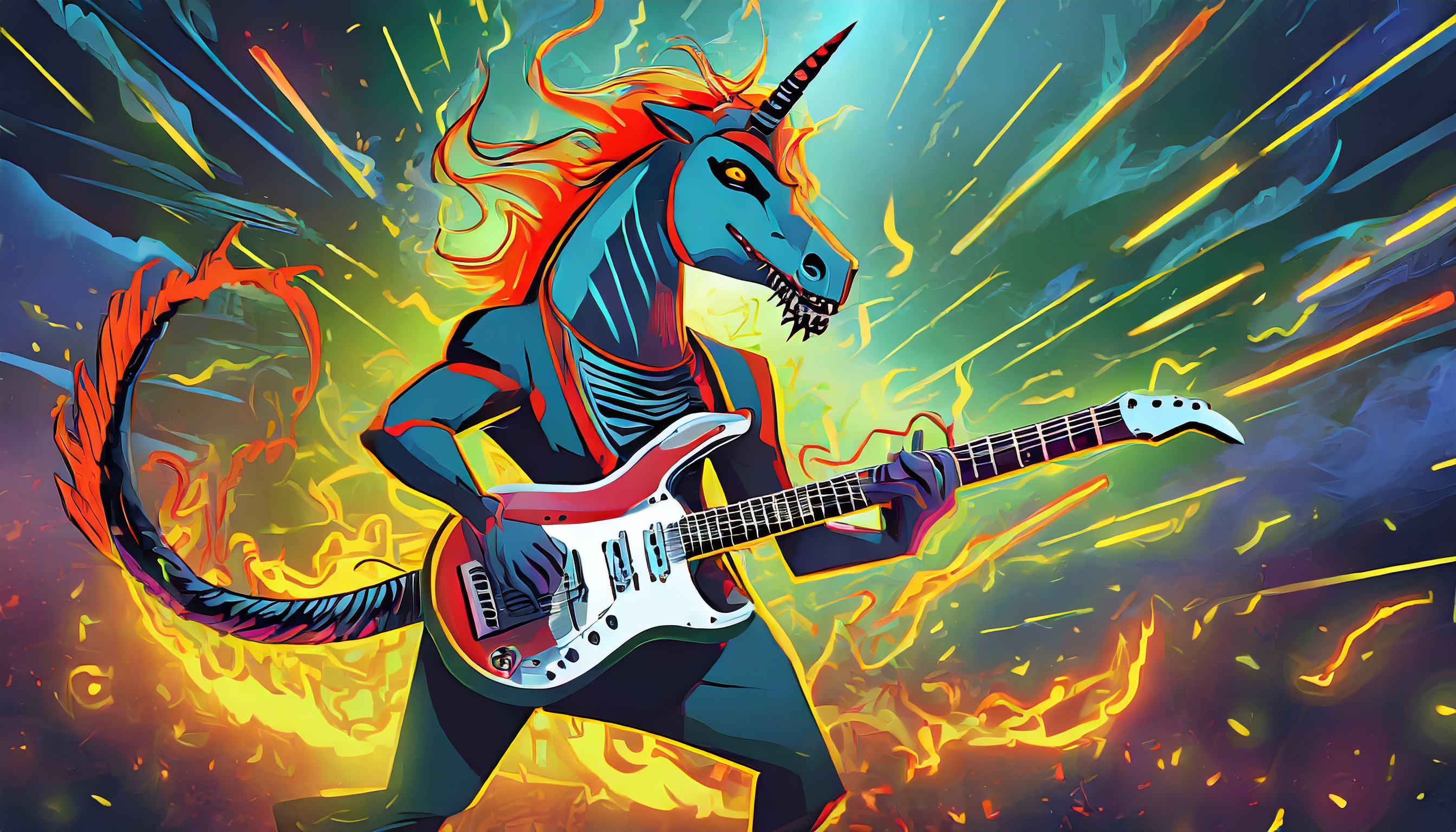
declare-lab / mustango
Controllable Text-to-Music Generation
Updated 1 year, 9 months ago
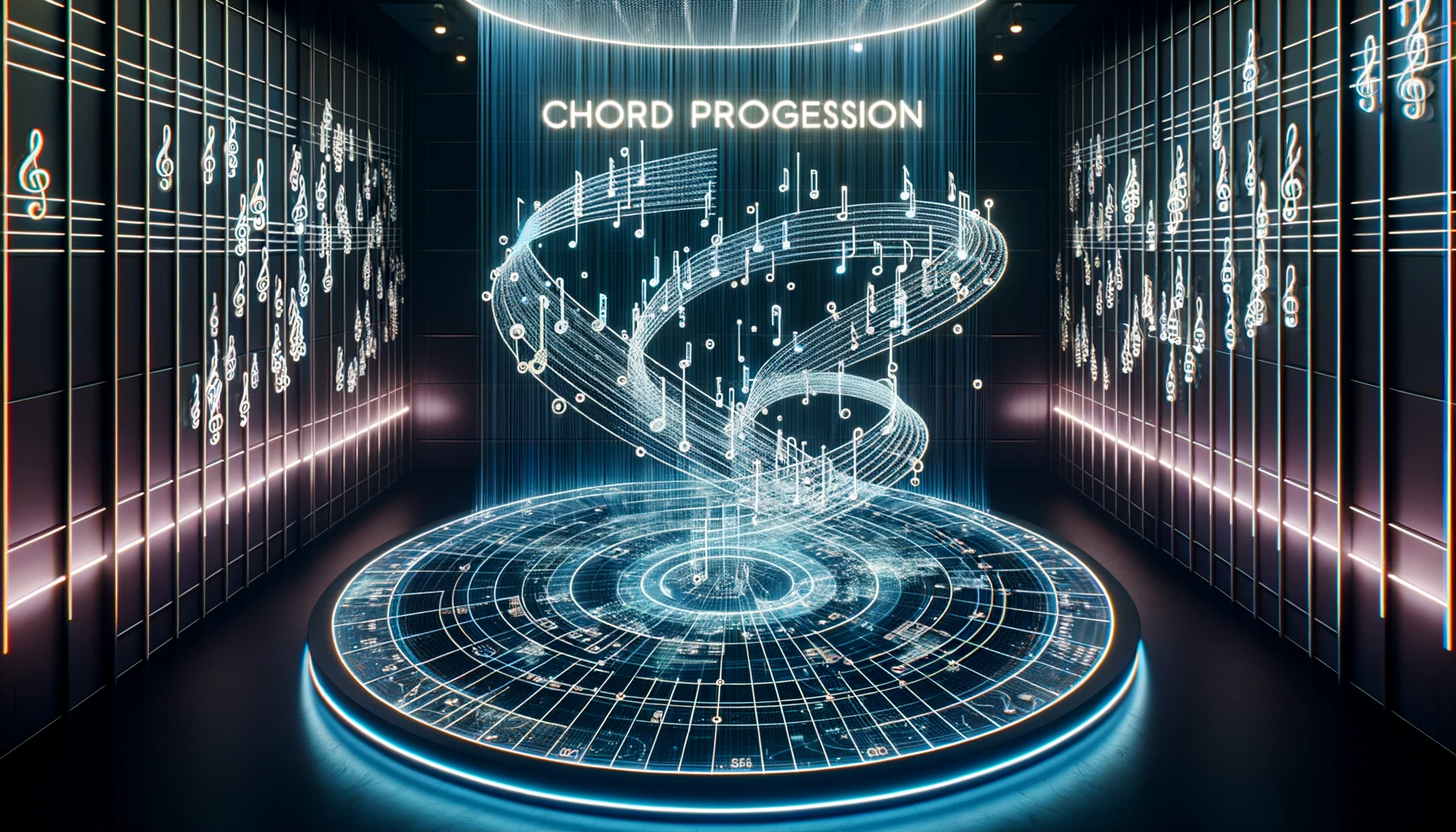
sakemin / musicgen-chord
Generate music restricted to chord sequences and tempo
Updated 1 year, 10 months ago
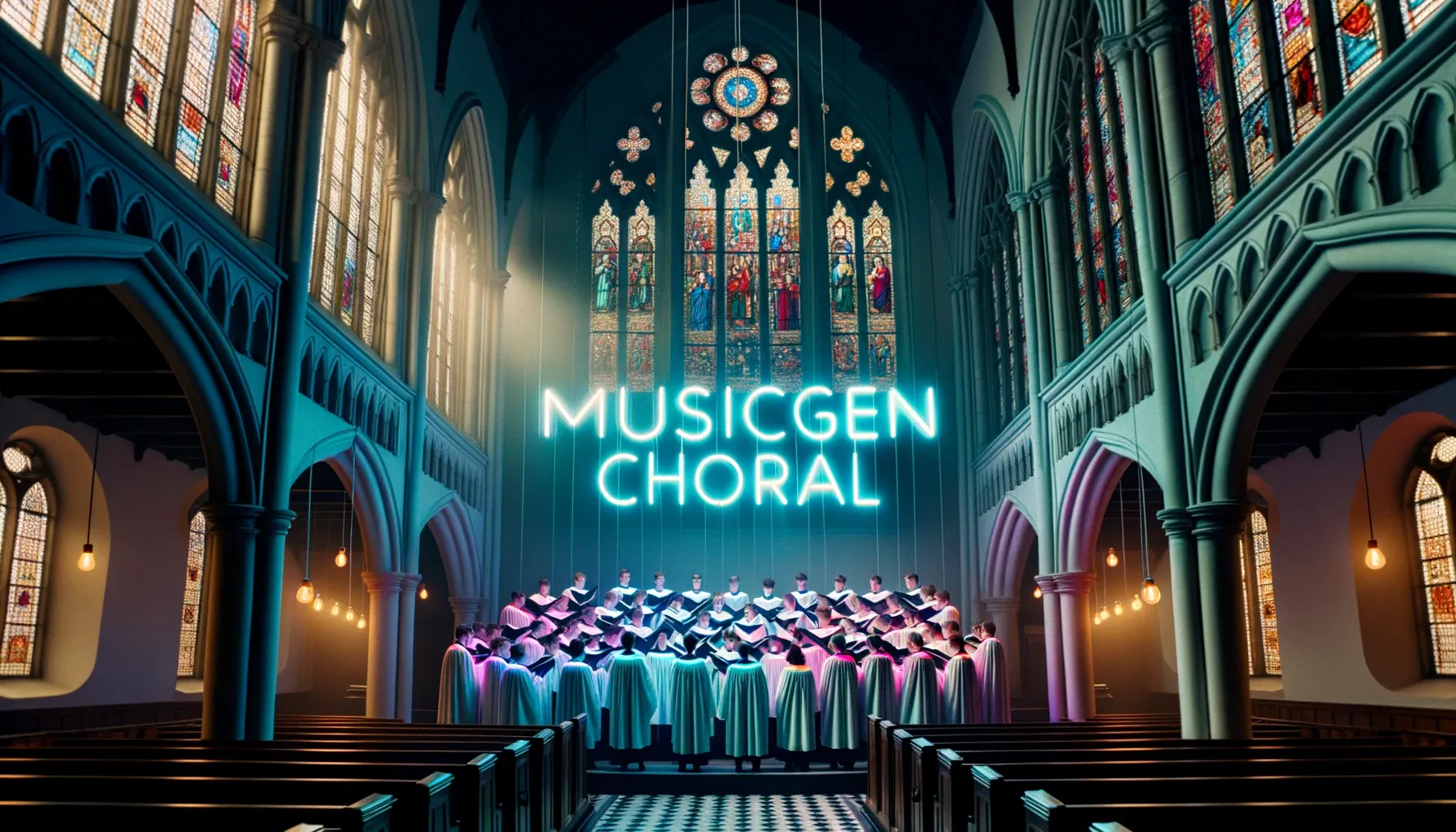
fofr / musicgen-choral
MusicGen fine-tuned on chamber choir music
Updated 1 year, 10 months ago
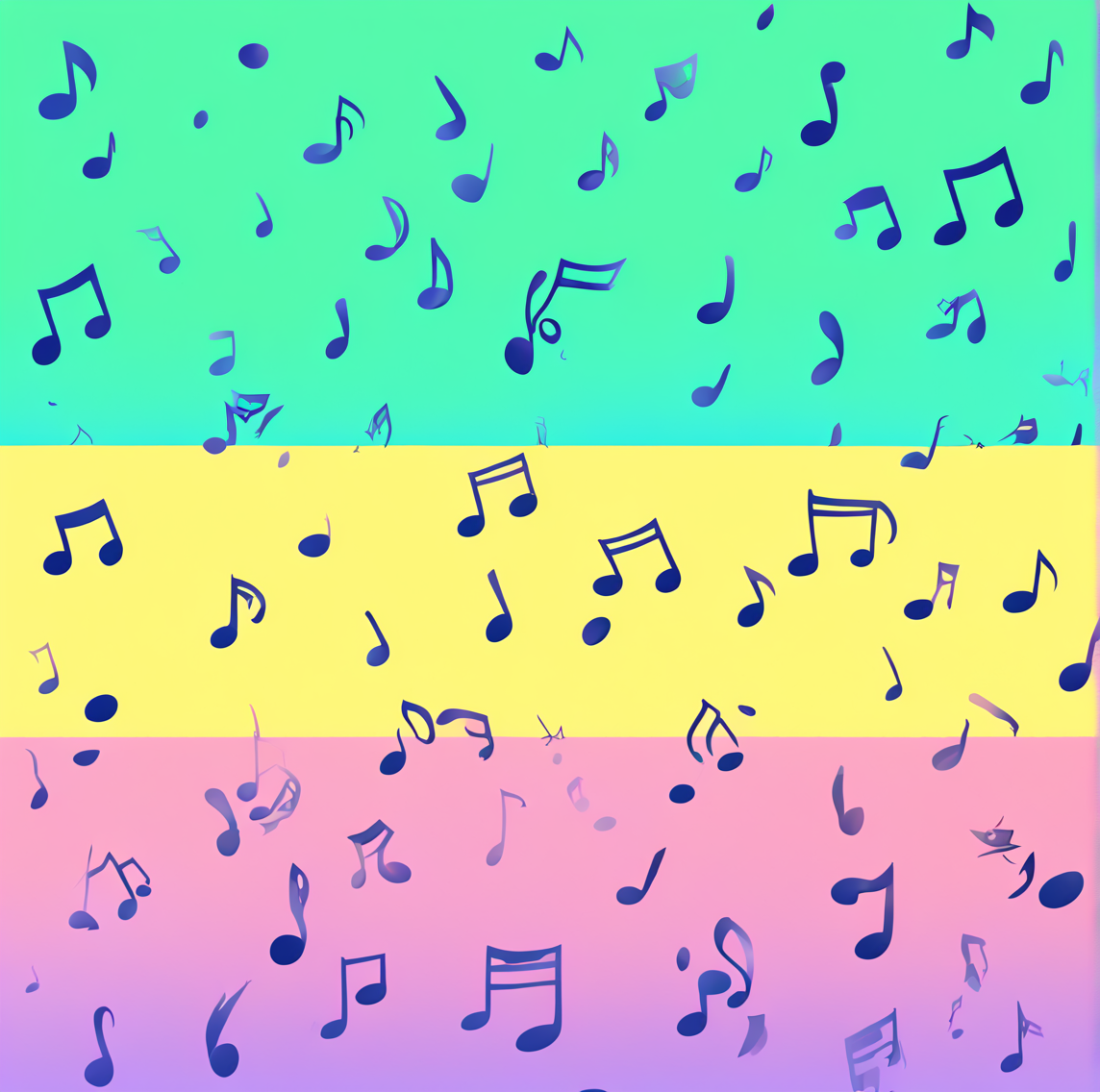
nateraw / audio-super-resolution
AudioSR: Versatile Audio Super-resolution at Scale
Updated 1 year, 11 months ago
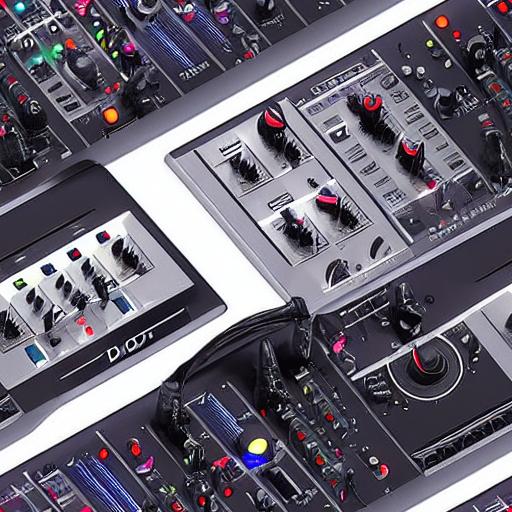
andreasjansson / musicgen-looper
Generate fixed-bpm loops from text prompts
Updated 2 years, 2 months ago
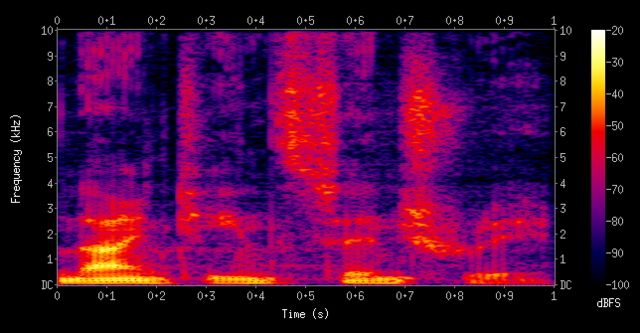
haoheliu / audio-ldm
Text-to-audio generation with latent diffusion models
Updated 2 years, 7 months ago

andreasjansson / cantable-diffuguesion
Bach chorale generation and harmonization
Updated 2 years, 7 months ago
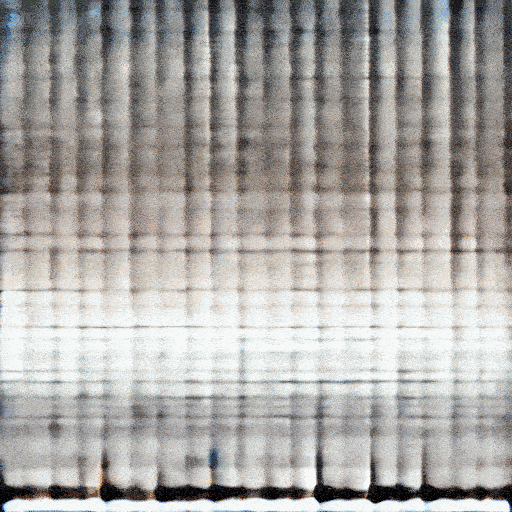
riffusion / riffusion
Stable diffusion for real-time music generation
Updated 2 years, 8 months ago

annahung31 / emopia
Emotional conditioned music generation using transformer-based model.
Updated 2 years, 11 months ago
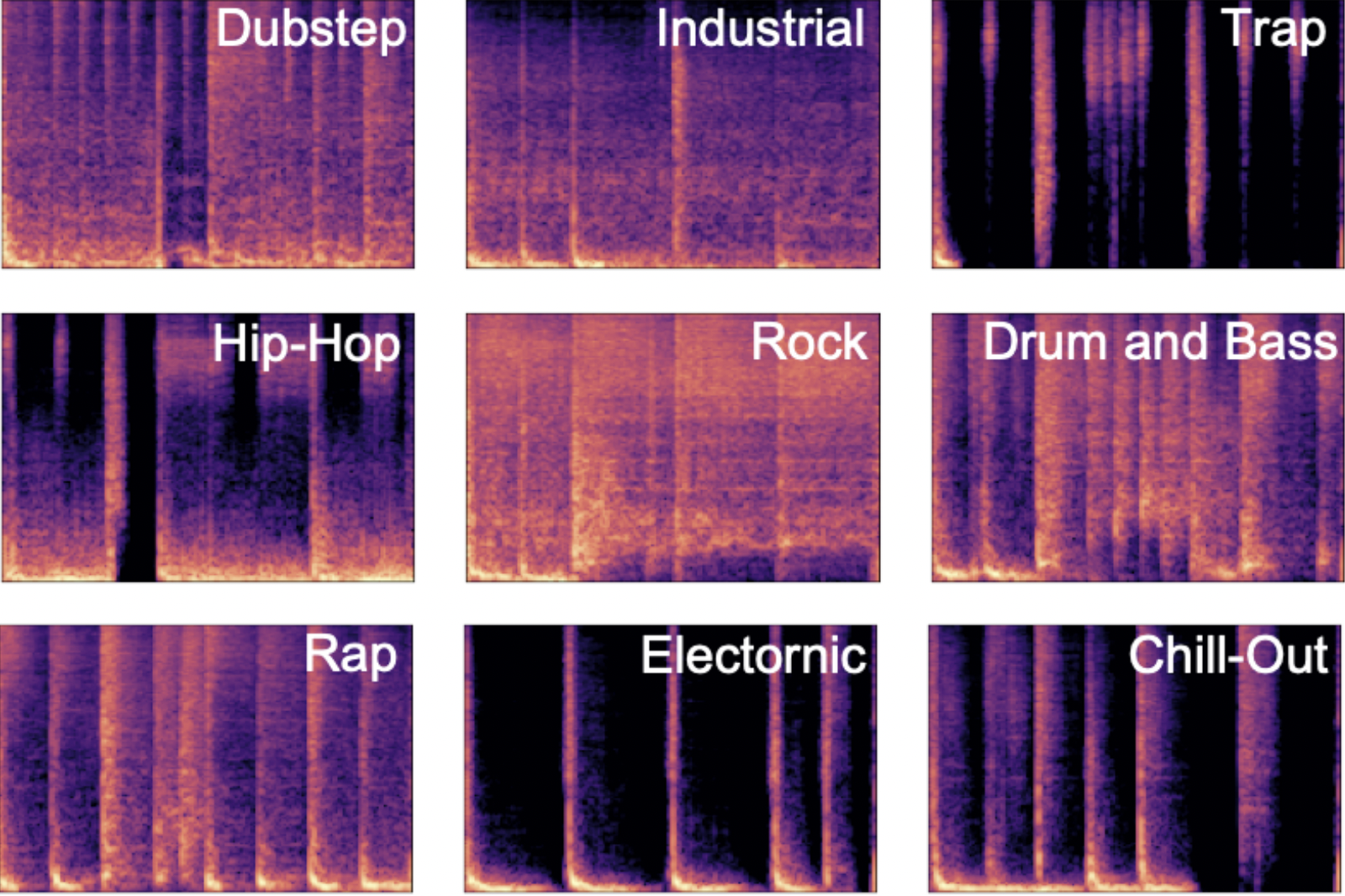
allenhung1025 / looptest
Four-bar drum loop generation
Updated 2 years, 11 months ago

harmonai / dance-diffusion
Tools to train a generative model on arbitrary audio samples
Updated 2 years, 11 months ago

andreasjansson / music-inpainting-bert
Music inpainting of melody and chords
Updated 3 years, 4 months ago